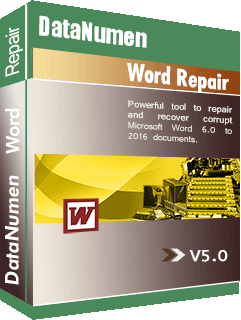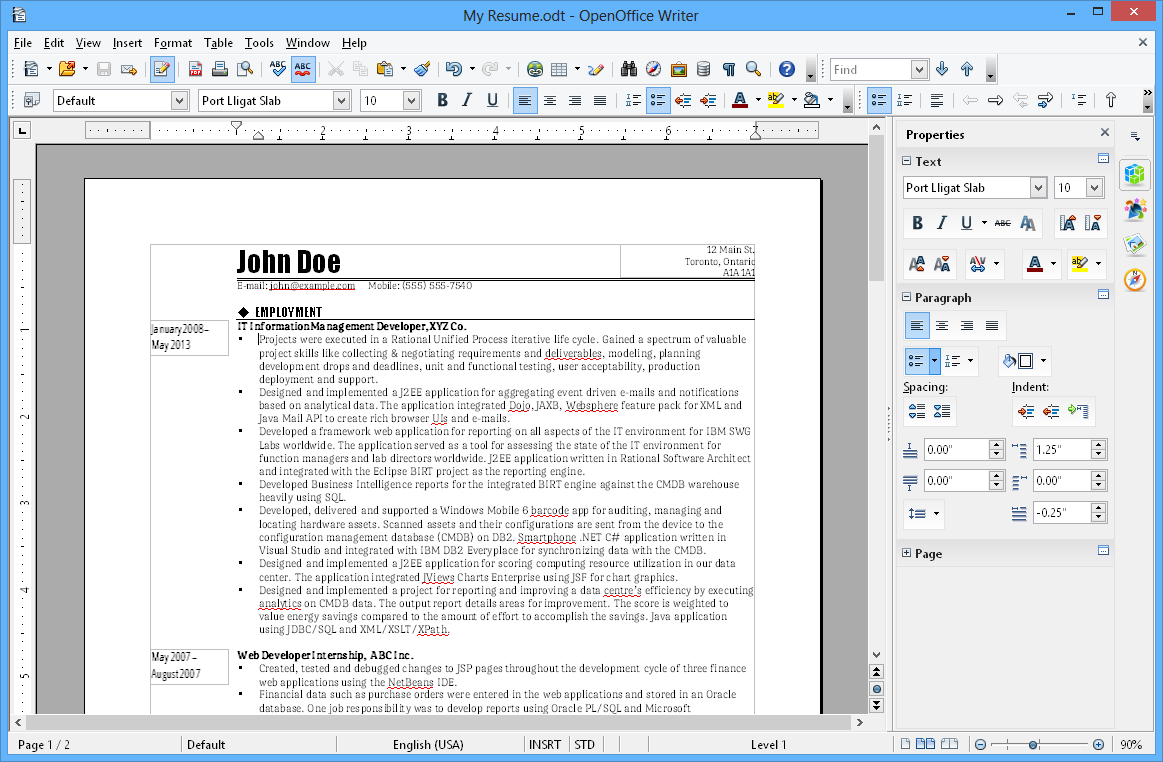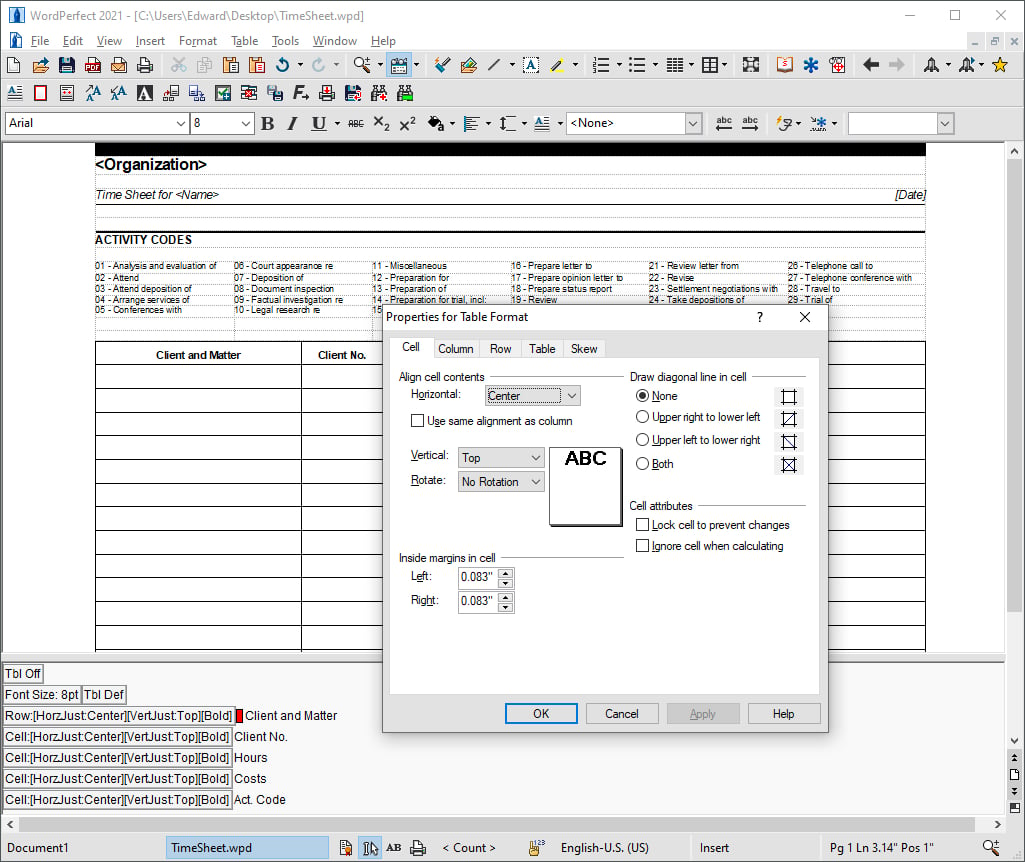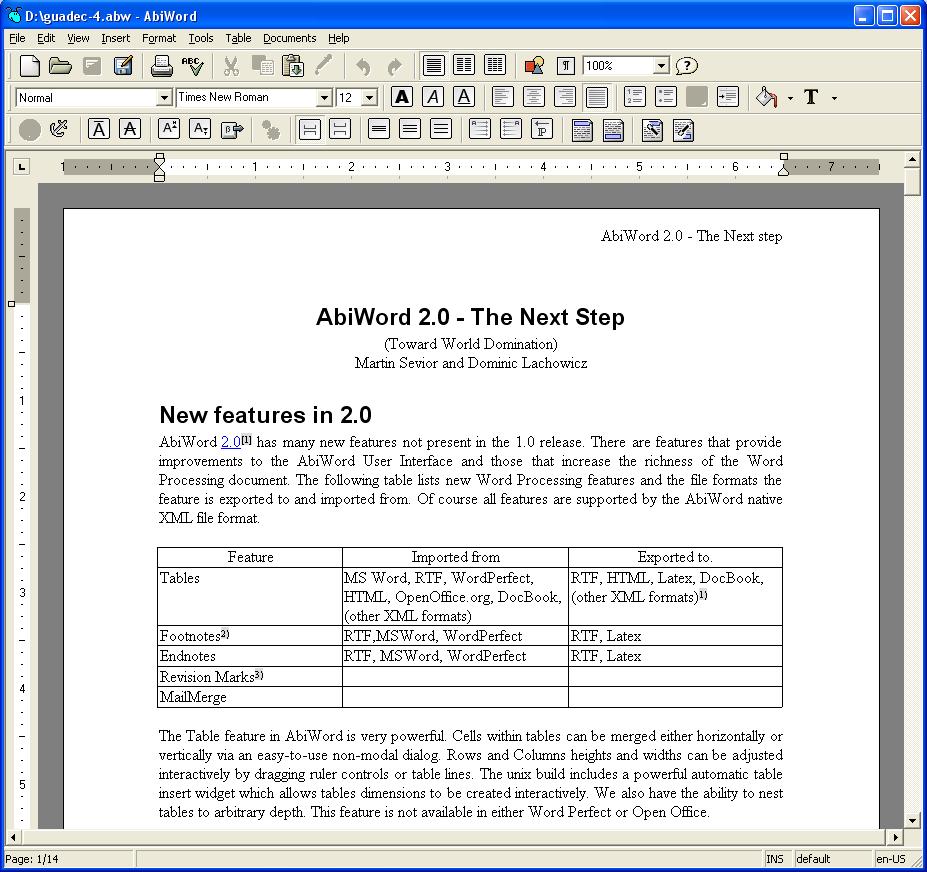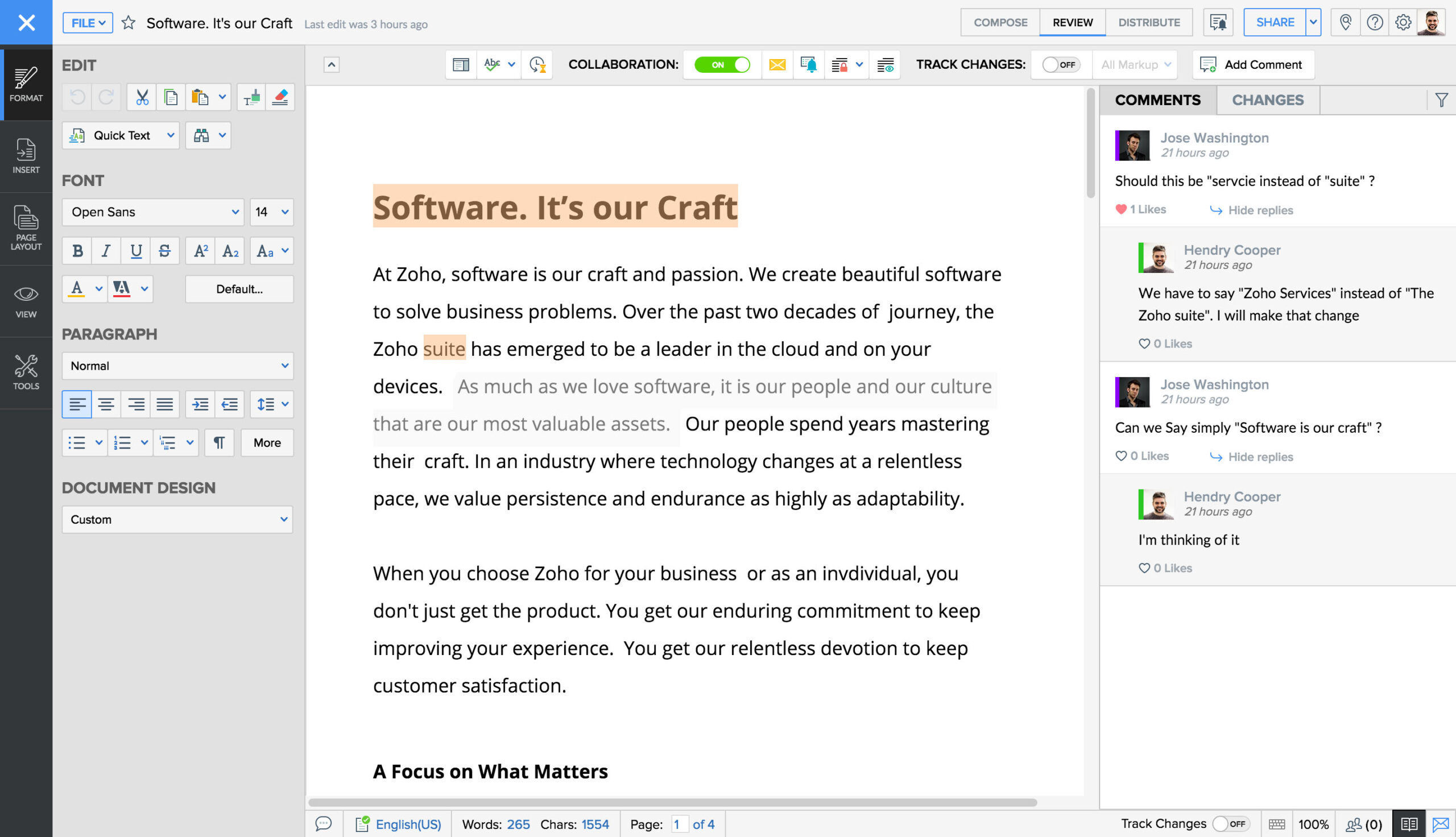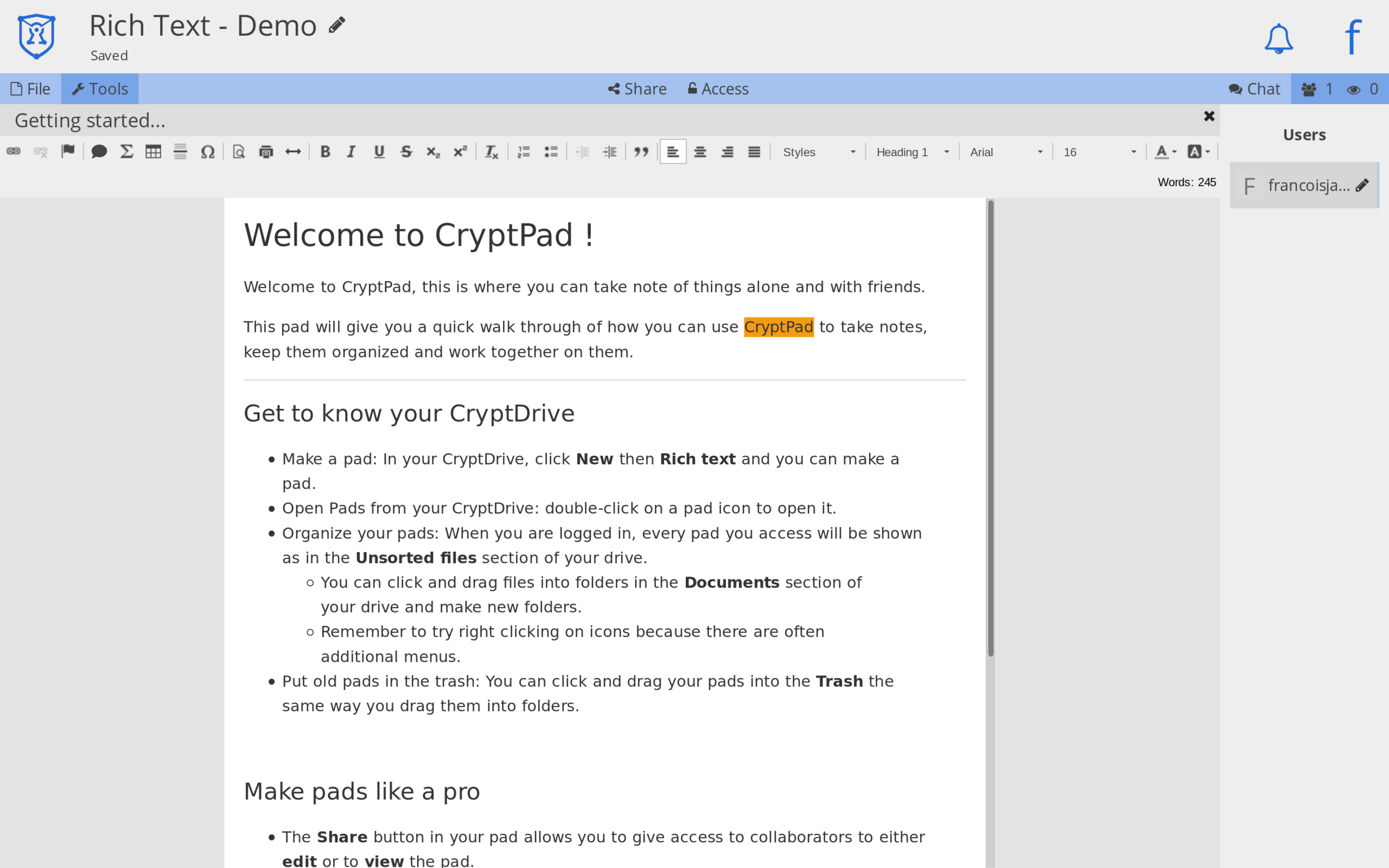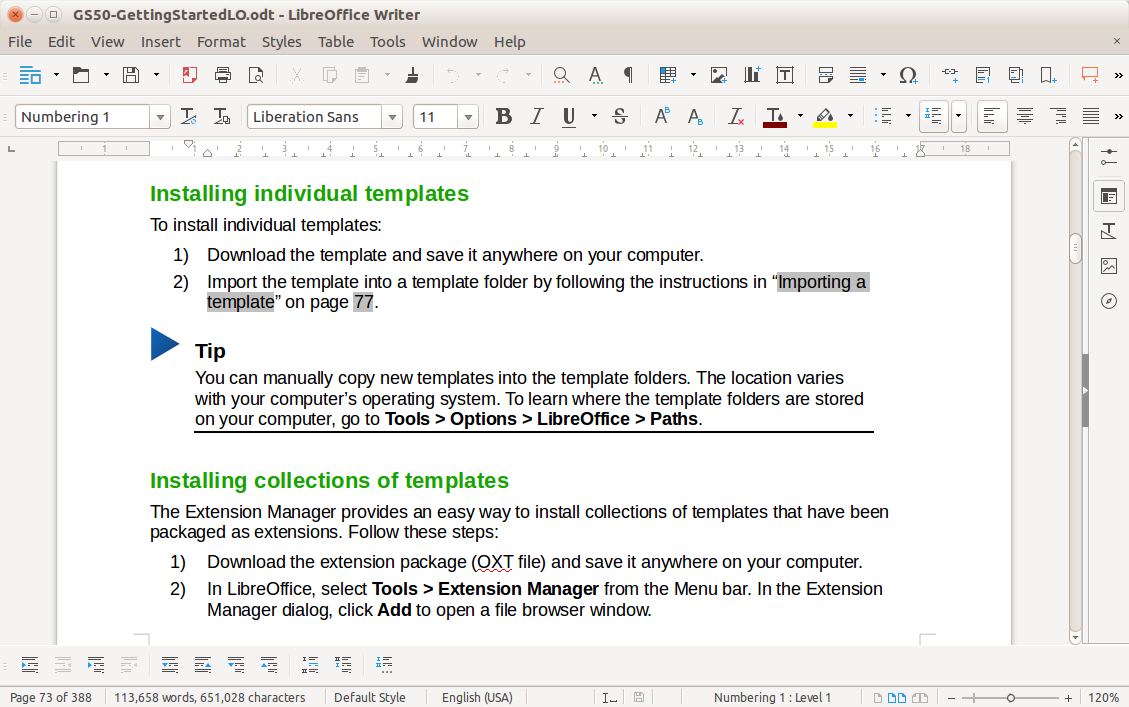1. Introduction
In an increasingly digital age, the need for an effective word processing tool cannot be overemphasized. The following sections aim to provide a comprehensive comparison of various word processing tools available today, weighing their pros and cons to aid users in making an informed decision tailored to their needs.

1.1 Importance of Word Processor Tool
A word processor tool is an invaluable asset for individuals and businesses alike. Whether it’s creating documents, drafting reports, designing resumes, or writing a school assignment, a reliable word processor makes the job easier. They enhance productivity by automating formatting and editing processes, easing collaboration, and eliminating the need for physical documents. Understanding the strengths and weaknesses of different word processors can ensure you find one that fits your requirements perfectly.
1.2 Objectives of this Comparison
The primary objective of this comparison is to offer a clear overview of the features, advantages, and disadvantages of popular word processor tools. This will equip readers with the necessary knowledge and understanding to choose the most suitable word processing tool for their specific needs. It examines factors such as usability, compatibility, collaboration capabilities, and unique features of each tool.
2. Microsoft Word
Microsoft Word is one of the most widely used word processing programs worldwide, part of the Microsoft Office suite. Developed by Microsoft, Word offers extensive formatting options, collaboration features, and compatibility with various file formats.
Introduced in the mid-1980s, Microsoft Word has evolved into a robust word processing tool equipped for creating professional-level documents incorporating everything from text, tables, and images, to complex graphs and hyperlinks. It also offers real-time collaboration for team projects.
2.1 Pros
- Wide Range of Tools: Microsoft Word provides numerous tools and features for text formatting, layout design, and collaboration.
- Advanced Features: It offers advanced features like mail merge, macros, and extensive reviewing tools such as track changes and comments.
- High Compatibility: Word offers high compatibility with other software and file formats.
- Cloud-Based: With the integration of Microsoft 365, documents can be accessed and edited remotely on various devices.
2.2 Cons
- Cost: Unlike some other Word processors, Microsoft Word is not free. It may become costly for individuals or small businesses.
- Complexity: With its extensive range of features, it can be overwhelming for novice users who may require some time to learn and utilize.
- Performance: Microsoft Word can become slow or unresponsive when handling large or complex documents.
2.3 Fix Word Documents
You also need an advanced tool to fix corrupt Word documents. DataNumen Word Repair is recommended:
3. Google Docs
Google Docs is a versatile word processing tool that operates entirely within your web browser. It is part of Google’s suite of online applications and offers robust collaboration functionalities.
Launched in 2006, Google Docs has become incredibly popular for its simplicity and collaborative capabilities. As part of Google Drive, it allows users to create, edit, and share documents online, making real-time collaboration with multiple teams and individuals possible, irrespective of their geographical location.
3.1 Pros
- Free and Simple: Google Docs is free to use and has a simple, user-friendly interface suitable for beginners and experts alike.
- Collaboration: It excels at real-time co-editing, with the ability to track edits, leave comments, and even chat within the document.
- Cloud-Based: Being part of Google Drive, all documents are automatically saved and backed up in the cloud, accessible from anywhere at any time.
- Compatibility: Google Docs supports multiple file formats and allows for seamless exporting and importing of documents.
3.2 Cons
- Internet Dependence: As it is cloud-based, Google Docs depends heavily on an internet connection. While offline editing is possible, it requires prior setup.
- Limited Features: Compared to more robust word processors like Microsoft Word, Google Docs offers fewer advanced editing and formatting options.
- Large Files: Google Docs can struggle with very large documents, resulting in slow performance.
4. Apache OpenOffice Writer
Apache OpenOffice Writer is a part of the OpenOffice suite developed by Apache. It’s a robust open-source word processing tool that’s also free for users.
Known for its high level of compatibility with other major word processors, Apache OpenOffice Writer provides a viable alternative to some of the more customary applications. It is equipped with all the features needed to create professional-looking documents, from simple letters to complex reports involving graphics, tables, and mathematical formulas.
4.1 Pros
- Free and Open Source: Apache OpenOffice Writer is entirely free. Being open source, it allows the user community to continually contribute to its improvement.
- Compatibility: It can read and write files in other formats, making it compatible with most other word processors, including Microsoft Word.
- Full-Featured: It offers a comprehensive toolset for word processing, from basic text editing to advanced functions like stylistic controls and graphical effects.
4.2 Cons
- Interface: Compared to newer word processors, its interface may seem outdated and unappealing to some users.
- No Cloud Features: It lacks the cloud-based collaboration features that tools like Google Docs provide.
- Update Frequency: Being maintained by a volunteer community, updates may not be as frequent or timely as paid services.
5. WordPerfect Office Standard
WordPerfect Office Standard, developed by Corel, is a versatile word processing solution and a part of Corel’s productivity suite. It provides a high degree of control over the document creation and editing process.
WordPerfect has a long history dating back to its initial release in 1980. Famous for its “reveal codes” feature, it gives users ultimate control over formatting. The Office Standard version includes word processing software, spreadsheet software, slideshow utilities, and more.
5.1 Pros
- Advanced Formatting Control: Its traditional “Reveal Codes” feature allows precise control over formatting.
- Powerful Features: Aside from basic word processing tasks, it also includes features like macros, pdf form creation, and extensive legal tools.
- Document Compatibility: WordPerfect uses its unique file format but can also open and save documents in various formats including Microsoft Word’s .docx.
5.2 Cons
- Learning Curve: Its interface and unique features like “Reveal Codes” may demand a steep learning curve, especially for new users.
- Popularity: As it is less popular than Microsoft Word or Google Docs, collaborative work might be more challenging.
- Cost: While offering a robust set of features, the suite comes at a relatively high cost, especially in comparison to free options available.
6. AbiWord
AbiWord is a free, lightweight, and open-source word processing platform that offers a range of tools for creating professional documents.
Designed to operate efficiently across several platforms, AbiWord is known for its straightforward user interface and simplicity. Its feature set, although less extensive than some of its counterparts, provides enough functionality for most standard word processing tasks.
6.1 Pros
- Free and Lightweight: AbiWord is entirely free and, as a lightweight application, runs smoothly even on older systems.
- Simplicity: It has a simple, uncomplicated user interface, which is easy to understand and use.
- Supported Formats: AbiWord is compatible with a range of file formats, including Microsoft Word’s .doc and .docx files,
6.2 Cons
- Limited Features: While sufficient for standard document creation, it lacks some of the advanced features found in more extensive word processors.
- No Built-In Collaboration Tools: Although users can manually share and collaborate on documents, it lacks built-in real-time collaboration tools.
- Infrequent Updates: As an open-source platform, updates are not very frequent. New features and fixes might take some time to roll out.
7. Zoho Writer
Zoho Writer is an advanced, online word processing tool that provides seamless collaboration and powerful document editing tools with a clean, distraction-free interface.
As a part of Zoho’s product suite, Zoho Writer is a cloud-based application designed for creating, editing, and sharing documents online. It can be used for anything from drafting a quick memo to writing a complete book, with the added advantage of remote collaboration.
7.1 Pros
- Collaborative Features: Its real-time collaboration features include multiple editors, comments and annotations, and a unique chat feature within documents.
- User-friendly: Zoho Writer’s interface is clean, intuitive, and free from unnecessary distractions, providing a user-friendly writing environment.
- Integration: It integrates smoothly with other Zoho apps and various third-party apps, adding additional versatility to your workflow.
7.2 Cons
- Dependency on Internet: Like other cloud-based tools, it relies on a steady internet connection for seamless use.
- Limited Offline Features: While offline editing is possible, it requires setting up ahead of time and offers fewer features.
- Less Popular: Being less recognised than some big-name tools might cause complications when working with others who use different platforms.
8. CryptPad Rich Text
CryptPad is a privacy-focused online suite that offers real time collaborative editing. The Rich Text tool within CryptPad allows you to work on rich text documents collaboratively while ensuring your data’s encryption.
Positioned as a “zero-knowledge” cloud, CryptPad encrypts all information before it leaves your computer, ensuring that only people that you invite can access your documents. Its Rich Text tool provides the essentials for word processing in a privacy-minded package.
8.1 Pros
- Data Privacy: One of CryptPad’s most distinguishing features is its privacy-focused approach. All data is encrypted on your device before being uploaded, ensuring that your documents are secure.
- Real-Time Collaboration: It facilitates real-time collaborative work in a secure environment.
- Free Usage: A basic CryptPad account with limited storage is available for free, making it easily accessible.
8.2 Cons
- Limited Storage for Free Accounts: While it offers free usage, the storage capacity for free accounts is somewhat limited.
- Simplistic: It offers fewer features for advanced word processing compared to other tools. Its capacity for handling larger and sophisticated documents might not meet all users’ needs.
- No Offline Mode: All work on CryptPad has to be done online. There’s no option for offline editing.
9. Pages
Pages is Apple’s own take on word processing tool, designed specifically for MacOS and iOS. It offers a range of editing and styling features to create beautiful and engaging documents.
Released in 2005, Pages is a part of the iWork productivity suite designed to fully utilize Apple’s ecosystem. Users can easily create visually impressive documents with embedded images, charts and interactive content.
9.1 Pros
- Integration: Pages are fully integrated into Apple’s ecosystem which provides users with seamless synchronization across all their Apple devices.
- Beautiful Design: It offers an array of templates and design options to create aesthetically pleasing documents.
- Collaboration: Users can share and collaborate on documents in real-time with other Apple users.
9.2 Cons
- Platform Limitation: Pages are designed for Apple devices, limiting its usage for users of other platforms.
- Compatibility: While it can open and save documents in Word format, certain elements can sometimes not be correctly translated.
- Learning Curve: New users, especially those familiar with other word processors, may need time to adjust to its interface and workflow.
10. LibreOffice Writer
LibreOffice Writer is a free, open-source word processing tool that offers a wide array of features and functions. It is a part of LibreOffice, a complete productivity package developed by The Document Foundation.
Launched in 2011 as a fork of OpenOffice.org, LibreOffice Writer is highly compatible with other major word processors, including Microsoft Word and Google Docs. It can handle a range of document types, including Letters, Reports, Books, and more.
10.1 Pros
- Free and Open Source: LibreOffice Writer comes completely free of cost, and as an open-source platform, it continually evolves with contributions from the community.
- Compatiblity: It delivers excellent compatibility with Microsoft Word, which is a primary requirement for many users.
- Feature-Rich: Both for simple and advanced tasks, LibreOffice has a rich feature set that provides a range of options for page layout and text formatting.
10.2 Cons
- User Interface: Some users may find its interface less intuitive and outdated compared to newer word processors.
- Performance: In some cases, especially handling large files, its performance could be a bit slower.
- No Built-In Cloud Storage: Unlike Google Docs or Microsoft Word, LibreOffice doesn’t provide built-in cloud storage or collaboration facilities, though you can use third-party platforms for this.
11. WPS Writer
WPS Writer is a part of the WPS Office suite, developed by Kingsoft. It is known for its lightweight performance and compatibility with Microsoft Office.
WPS Writer has been a strong contender in the field of word processing software due to its user-friendly interface, comprehensive functionality, and broad compatibility with Microsoft Word. It caters to the needs of both individuals and businesses with its wide range of features.
11.1 Pros
- Familiar Interface: It features a user interface similar to that of Microsoft Word, making it easier for new users to navigate.
- Compatibility: WPS Writer shows strong compatibility with MS Word, it can open, edit, and save documents in Word’s .doc and .docx formats without layout distortion.
- Free Version Available: There is a free version of WPS Writer available, making it an accessible option for those on a budget.
11.2 Cons
- Advertisements in Free Version: The free version of WPS Writer contains advertisements, which can be intrusive for some users.
- In-App Purchases: Some additional features require in-app purchases.
- No Real-Time Collaboration: Unlike Google Docs or Microsoft Word, WPS Writer lacks real-time collaboration features for team projects.
12. Word Online
Word Online is the cloud-based version of Microsoft’s renowned word processing tool. It brings the functionalities of Microsoft Word to a web browser with additional benefits of online collaboration and cloud storage.
Word Online brings the familiar features and user interface of Microsoft Word into a web browser. Users can create, edit, and share documents no matter where they are, as long as they have an internet connection. Part of Microsoft’s Office Online suite, it integrates well with other Microsoft services like OneDrive and Outlook.
12.1 Pros
- Cloud-based: Word Online allows you to access your documents from any device with an internet connection. All changes are automatically saved to the cloud.
- Collaboration: It enables real-time collaboration with multiple authors, complete with the ability to leave comments and suggestions.
- Free to Use: Though a simplified version of Microsoft Word, Word Online is free to use with a Microsoft account.
12.2 Cons
- Limited Features: Compared to the desktop version of Microsoft Word, Word Online has fewer features and tools.
- Internet Dependent: As it is a cloud-based app, an active internet connection is necessary to access and edit documents.
- Complex Documents: Handling complex documents with multiple elements like tables, headers or images may not be as smooth as with the desktop version.
13. Summary
After evaluating various word processors, we can summarize their features, ease of use, price, customer support to provide a visual and comprehensive comparison in the following table.
13.1 Overall Comparison Table
| Tool | Features | Ease of Use | Price | Customer Support |
|---|---|---|---|---|
| Microsoft Word | High | Medium | Paid | Excellent |
| Google Docs | Medium | High | Free | Good |
| Apache OpenOffice Writer | High | Medium | Free | Community-based |
| WordPerfect Office Standard | High | Low | Paid | Good |
| AbiWord | Low | High | Free | Community-based |
| Zoho Writer | Medium | High | Freemium | Good |
| CryptPad Rich Text | Medium | Medium | Freemium | Good |
| Pages | Medium | High | Free for Apple Users | Good |
| LibreOffice Writer | High | Medium | Free | Community-based |
| WPS Writer | Medium | High | Freemium | Good |
| Word Online | Medium | High | Free | Good |
13.2 Recommended Tool Based on Various Needs
For professional use with a broad range of advanced features, Microsoft Word remains a strong choice. For those prioritizing ease of use and real-time collaboration, Google Docs stands out. Apache OpenOffice Writer and LibreOffice Writer are excellent free alternatives with a substantial feature set. WordPerfect Standard Office offers the control required by many legal and academic professionals whereas AbiWord’s simplicity suits casual users. Zoho writer and Pages offer a good balance of features with user-friendly interfaces. WPS Writer and Word Online offer simplified yet effective word processing in a familiar layout. For users valuing privacy, CryptPad provides a secure environment for collaborative editing.
14. Conclusion
The landscape of word processing tools is broad and diverse, catering to different needs and preferences of individuals and businesses alike. The perfect choice depends largely upon the specific use-case scenarios, required features, and individual preferences.
14.1 Final Thoughts and Takeaways for Choosing an Word Processor Tool
With a plethora of word processing tools available, it can be overwhelming to choose the right fit. When picking a tool, consider your unique needs. If advanced features and extensive formatting are crucial, opt for a comprehensive tool like Microsoft Word or Apache OpenOffice Writer.
If you need a tool that allows real-time collaboration with ease, Google Docs or Zoho Writer might be the right fit. If your primary concern is budget, consider using a free tool such as LibreOffice Writer, Pages, or Google Docs. Those prioritizing data privacy could consider CryptPad Rich Text.
Remember, every tool has its pros and cons, and the optimum choice will depend upon weighing which features outweigh the limitations for your specific needs. Always consider trying out a few options before settling on the one that fits your needs perfectly.
Author Introduction:
Vera Chen is a data recovery expert in DataNumen, which provides a wide range of products, including a great Zip file recovery tool.

